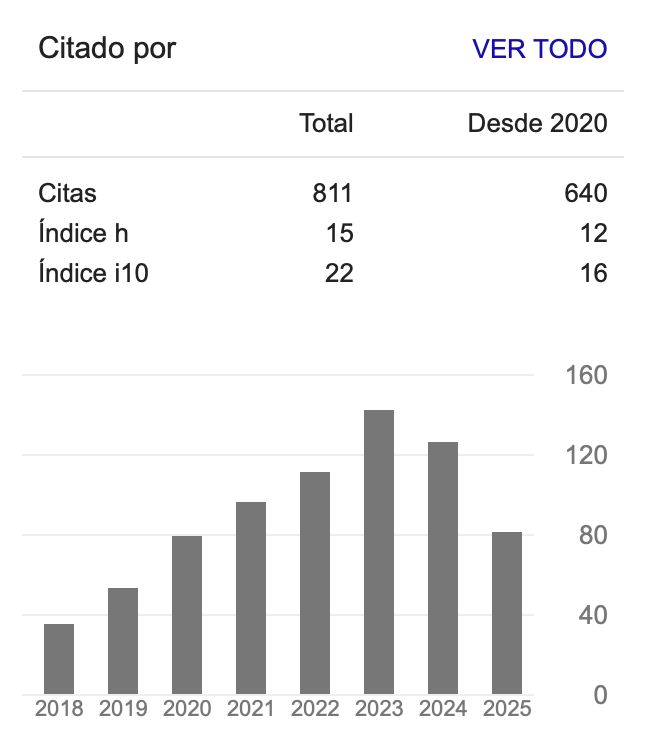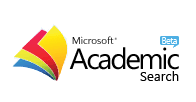Analysis and Evaluation of Youtube’s Educational Videos as a Resource for the Subject of Mathematics in Secondary School
Análisis y evaluación de videos educativos de YouTube como recurso para la asignatura de Matemáticas en Secundaria
DOI:
https://doi.org/10.54104/papeles.v15n30.1431Keywords:
Self-instruction, computer assisted teaching, technology evaluation, education, secondary education, mathematics, educational videoAbstract
Introduction: YouTube is a huge catalog of videos on various topics, and it is a precept to come to this social network to see tutorials and answer questions regarding a specific topic. The eduyoutubers facilitate the work as educational edutubers, but to be precise and rigorous in the selection of these, it is necessary to have resources and tools that allow us to evaluate them, under pedagogical criteria. This study presents as the main objective of the research, it defines a selection process that will determine a catalog of pedagogical and didactic videos of mathematics, for the secondary educational level in Italy, and in relation to those videos most used by the students. Methodology: A total of 4845 students, between the ages of 13 and 22 living in Italy, were asked which edutuber and/or YouTube channels they use to support mathematical learning, then five videos were analyzed and the aspects to be evaluated were identified in relation to the following criteria: curricular; technical, aesthetic and expressive; pedagogical; didactic mathematics; and accessibility. As an instrument for data and information collection, a questionnaire was acquired that was validated through expert judgment, Cronbach’s Alpha. Results and discussion: The results mainly show that the students use the YouTube social network, as the main resource for consultation and help, to understand mathematics at secondary educational levels, noting that there is no specific profile for the use of this social network. Conclusions: it is concluded that the clarity of the content presented is important for the students, but it is important above all how it is presented, when distinguishing the two channels that, given the parity of well-presented content, attend to and take care of the technical, aesthetic and expressive aspects.
Downloads
References
Delgado Pineda, M. y Estrada López, B. (2017). Nuevas tecnologías en la enseñanza. 100cias@uned, 10, 286-289. http://e-spacio.uned.es/fez/eserv/bibliuned:revista100cias-2017-numero10ne-5345/Videos_algebra.pdf
Era postdigital: Cuando lo digital deja de ser revolución, ¿qué ocurre? (s. f.). Foxize. https://www.foxize.com/blog/era-posdigital-cuando-lo-digital-deja-de-ser-revolucion-que-ocurre/
George, D. & Mallery, P. (2003). SPSS for Windows step by step: A simple guide and reference. 11.0 update (4.ª ed.). Allyn & Bacon.
Gil-Quintana, J., Malvasi, V., Castillo-Abdul, B. & Romero-Rodríguez, L. M. (2020). Learning leaders: Teachers or youtubers? Participatory culture and STEM competencies in italian secondary school students. Sustainability, 12(18), 7466. https://doi.org/10.3390/su12187466
Izquierdo-Iranzo, P. y Gallardo-Echenique, E. E. (2020). Estudigramers: Influencers del aprendizaje. Comunicar, 28(62), 115-125. https://doi.org/10.3916/C62-2020-10
Jandrić, P., Knox, J., Besley, T., Ryberg, T., Suoranta, J. y Hayes, S. (2019). Ciencia postdigital y educación. Communiars: Revista de Imagen, Artes y Educación Crítica y Social, 2, 11-21. https://dx.doi.org/10.12795/Communiars.2019.i02.01
Maziriri, E. T., Gapa, P. & Chuchu, T. (2020). Student perceptions towards the use of YouTube as an educational tool for learning and tutorials. International Journal of Instruction, 13(2), 119-138. https://doi.org/10.29333/iji.2020.1329a
Ramos Palacios, L. A., Casas García, L. M. y Torres Carvalho, J. L. (2018). Dificultades en la enseñanza del álgebra: Un enfoque cualitativo. CIAIQ2018, 1, 551-559. https://proceedings.ciaiq.org/index.php/ciaiq2018/article/view/1681/1633
Ramos Palacios, L. A., Guifarro, M. I., & Casas García, L. M. (2021). Dificultades en el aprendizaje del álgebra, un estudio con pruebas estandarizadas. Bolema: Boletim de Educação Matemática, 35, 1016-1033.
Romero-Tena, R., Ríos-Vázquez, A. y Román-Graván, P. (2017). YouTube: Evaluación de un catálogo social de videos didácticos de matemáticas de calidad. Prisma Social, 18, 515-539. https://www.redalyc.org/pdf/3537/353751820018.pdf
Rosenshine, B. & Furst, N. (1971). Research on teacher performance criteria. Research in teacher education: A symposium. Prentice-Hall.
Saurabh, S. & Gautam, S. (2019). Modelling and statistical analysis of YouTube’s educational videos: A channel Owner’s perspective. Computers & Education, 128, 145-158. https://doi.org/10.1016/j.compedu.2018.09.003
Tejera Osuna, S. M., Osuna Acedo, S., Martí Guiu, J., Gil Quintana, J., López Gutiérrez, S., Marta Lazo, C. y Cantillo Valero, C. (2020). Didácticas innovadoras para influencers del aprendizaje. UNED.
Downloads
Published
-
Abstract811
-
PDF (Español)313
How to Cite
Issue
Section
Categories
License
Copyright (c) 2023 Viviana Malvasi, Javier Hueso Romero

This work is licensed under a Creative Commons Attribution-NoDerivatives 4.0 International License.






